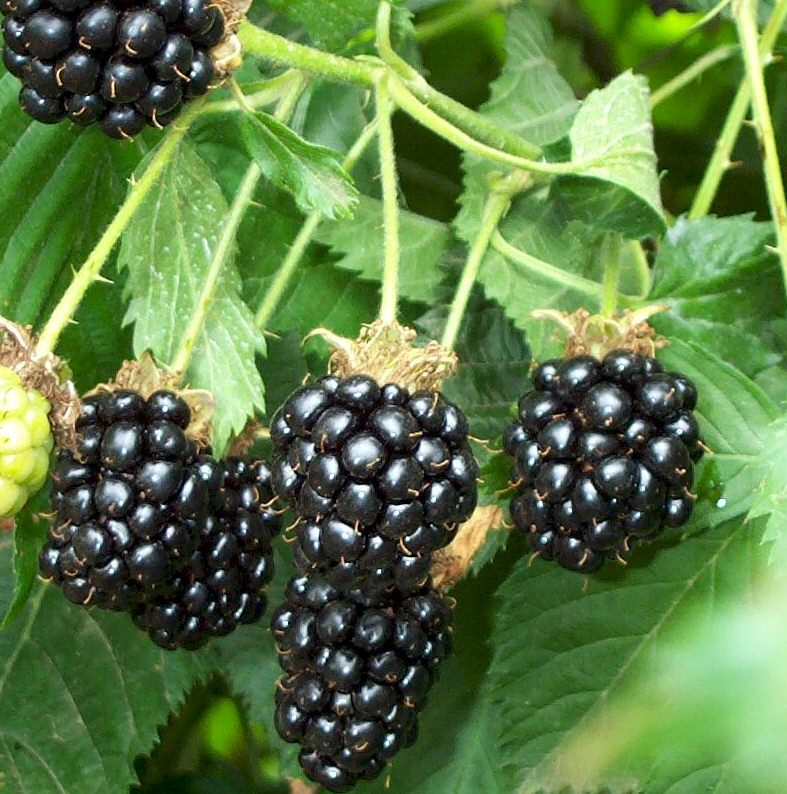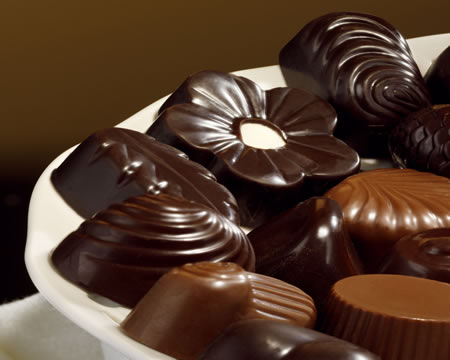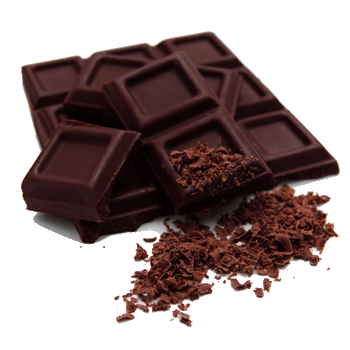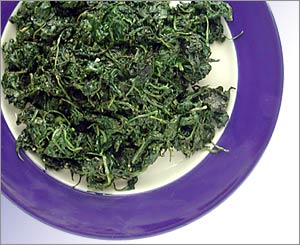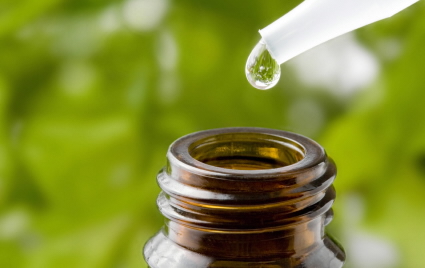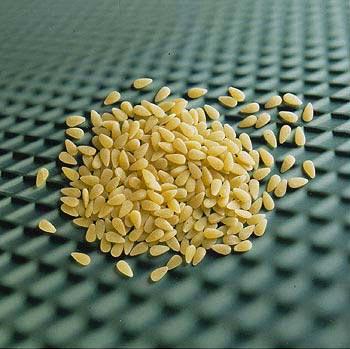What is Prostatitis?
The Prostate is a small wall-nut sized organ in men, located at the base of the bladder, surrounding the urinary passage called urethra, and sits in front of the rectum.
Prostatitis is the general term used to describe
Prostate Inflammation. The Prostate is associated with the male reproductive system, but, given its location, majority of the prostate problems also tend to be associated with the urinary bladder.
Causes: Most often, the acute form of Prostatitis is caused by bacterial infection. But, at times, there is another chronic form of prostatitis, which is not caused by bacteria, but the patient may experience inflammation, pain, discomfort and urinary difficulties associated with this condition, owing to injury, stress or any cause that may be of an unknown origin.
Some other causes could be prolonged periods of sitting, as in certain desk jobs that increase pressure on the pelvic region which results in congestion of tissues around the prostate gland, exposure to cold and chill, and infectious diseases (chronic prostatitis is often an after-effect of acute condition), excessive sexual excitement, constipation and leading a sedentary lifestyle.
Symptoms: Some common symptoms of Prostatitis are fever, tiredness, decreased interest in sex, urgency to urinate, increased frequency of urination, burning sensation during and after urination, poor urine out-flow, inability to begin a urine stream, pain in the groin, abdomen or lower back, pain in the perineum and in the area between penis and the anus, or testicular pain.
Treatment: Although majority of men with prostatitis turn to prescription medications as a remedy for the condition, there are several alternative and natural modes of treatment available, that can minimize the discomfort associated with the symptoms, and can cure the condition when taken long-term. The positive aspect is that these herbal supplements have much lesser side effects and are less expensive. Herbal remedies are particularly effective in alleviating the symptoms of Prostatitis (non-bacterial form).
Alternative Therapies
Hydrotherapy
Among the most natural treatment for Prostatitis is a form of hydrotherapy, wherein you sit in a device called “sitz” bath, a plastic mechanism which fits into your standard toilet and holds enough water so as to submerge the pelvic region of the body. First fill it with warm water, and sit for 10 to 30 minutes a day, as warm water is thought to improve blood circulation within the prostate. Increased blood circulation, not only soothes the pain or discomfort, but also fosters healing within the prostate gland itself. Continue to add warm water as it cools. Else, you could also use your bathtub by filling just enough warm water to cover the pelvis. This will also yield the same results.
Hot, cold hipbaths
Here, after a thorough cleansing of bowel using warm-water enema, alternate hot and cold
hipbaths are given. While the heat relieves the tissues, a brief cold immersion tones them up. They are of much help in relieving pain and reducing congestion.
Wet girdle pack
This is another valuable remedy, which forms a part of hydrotherapy. Here thin cotton underwear is wrung in cold water and worn by the patient. Then a thicker dry wear is worn above the wet undergarment. This treatment is suggested for 90 minutes every night. It is considered to relieve prostatitis and prostate enlargement.
Acupuncture
Acupuncture can relieve pain and discomfort associated with Prostatitis, particularly, when the cause of the condition is unknown. Here needles are inserted along the pressure points in the body to reduce the inflammation of prostate, thereby alleviating associated symptoms. The Acupuncture points for chronic prostatitis is one the lower abdomen, lower back, sacrum and legs. The treatment course involves five to ten acupuncture treatments once or twice a week. For chronic prostatitis and chronic pelvic pain syndrome, improvement is gradual, but can be effective.
Biofeedback
If all these methods of treatments fail to bring relief, biofeedback therapy could be considered to treat the condition. Here, a licensed therapist gives necessary tools for actually using your mind to alleviate pain. When working with the therapist, you actually learn to relax the muscles of the body and dissolve pain from the inside. But, for this procedure, you need to consult a biofeedback therapist recommended by your physician.
Herbs
Here are some potent herbs which can cure both acute and chronic cases of prostatitis:
Saw Palmetto – Saw Palmetto is a tiny palm tree found along the coasts of south-eastern United States, in Mediterranean Europe and in Africa. The active components of Saw Palmetto are known to decrease inflammation in men who have prostatitis. Saw Palmetto is widely used in Germany to treat prostatitis symptoms. This herb offers relief for general pain and inflammation in the pelvic region, urination problems and impotence. It is available in health food stores and in nutritional supplement departments too.
Shilajit – It is a good medicine for prostatitis. Being diuretic in nature, it washes away the infection, and given its aphrodisiac properties, it helps strengthen male reproductive system.
Ashwagandha – It is an effective herb that not only empowers the reproductive system, but increases vitality and reduces stress levels.
Pygeum – It is a herb which is considered beneficial in fighting prostatitis. Pygeum is an evergreen tree, found in the African region. Men who take atleast 200mgms of Pygeum extract daily, have found considerable improvement in their prostatitis symptoms.
Lycopene – It is another natural bioflavonoid present in tomatoes. It contains a powerful antioxidant that helps prevent prostate cancer, and relieve symptoms of prostatitis, particularly frequent urination and dribbling.
Golden Seal – It is widely considered as a natural antibiotic, which has been effective in killing most bacteria that cause prostatitis. It is also helpful in reducing urinary tract inflammation and in shrinking a swollen prostate gland.
Cranberry Juice –
Cranberry juice has properties to dislodge bacteria from the bladder wall, so that any loose invading bacteria are washed away. It can help prevent infection from prostate spreading to the bladder and vice versa. It can be taken as juice or as chewable tablets (take 1 tablet thrice a day).
Couch Grass, Pipsissewa, Watermelon Seed are few natural diuretics that help flush out urine, while Echinacea and Siberian Ginseng are immune-system enhancers that help with natural defense system of the body. Comfrey and Marshmellow have demulcent properties that help sooth and protect, while valerian, crampbark and skullcap help relax muscles in the area.
Lifestyle modifications:
One of the effective methods of treating prostatitis naturally is to avoid any substance that prompts inflammation and pain associated with the condition. Therefore alcohol, caffeine, citrus fruits, spicy peppers, fried food, junk food, certain herbs and food products that irritate the gland should be avoided. You may have to maintain a dietary intake diary to look at the substances that worsen your symptoms and avoid them.
Make it a point to include fresh fruits and vegetables, whole grains, soy, beans, seeds, nuts, olive oil and cold-water fish into your diet.
Drink atleast 50% of your body weight in ounces of water.
Use an inflatable cushion or pillow when sitting to ease pressure on the prostate. Also avoid activities such as bicycling, biking, or wear padded shorts, to relieve pressure on your prostate.
Finally, avoid sexual excess, irregularities in eating and drinking, prolonged periods of sitting, vigorous exercise, relax and reduce stress by learning stress management techniques, and make all efforts to tone up the general condition of the body.
